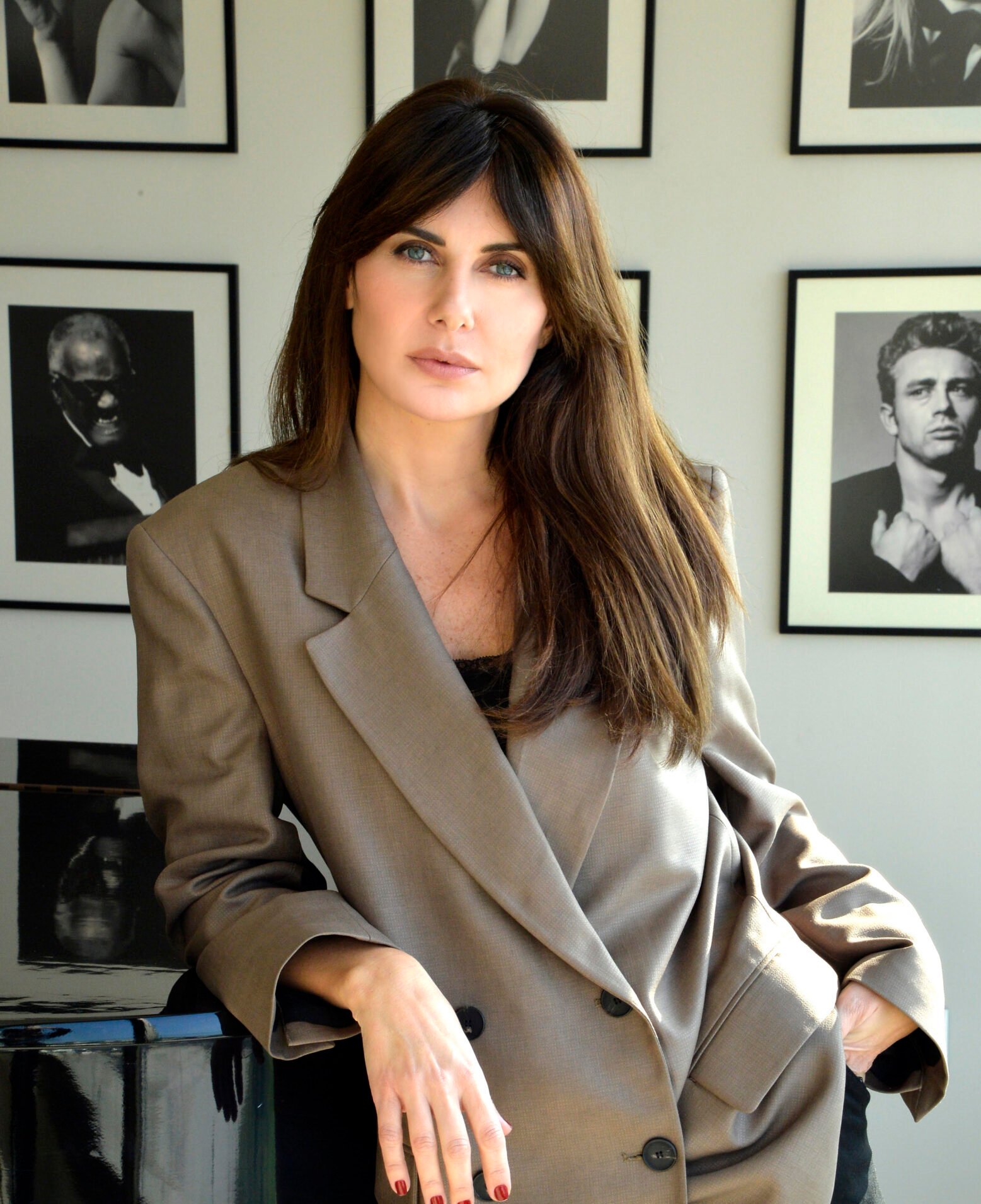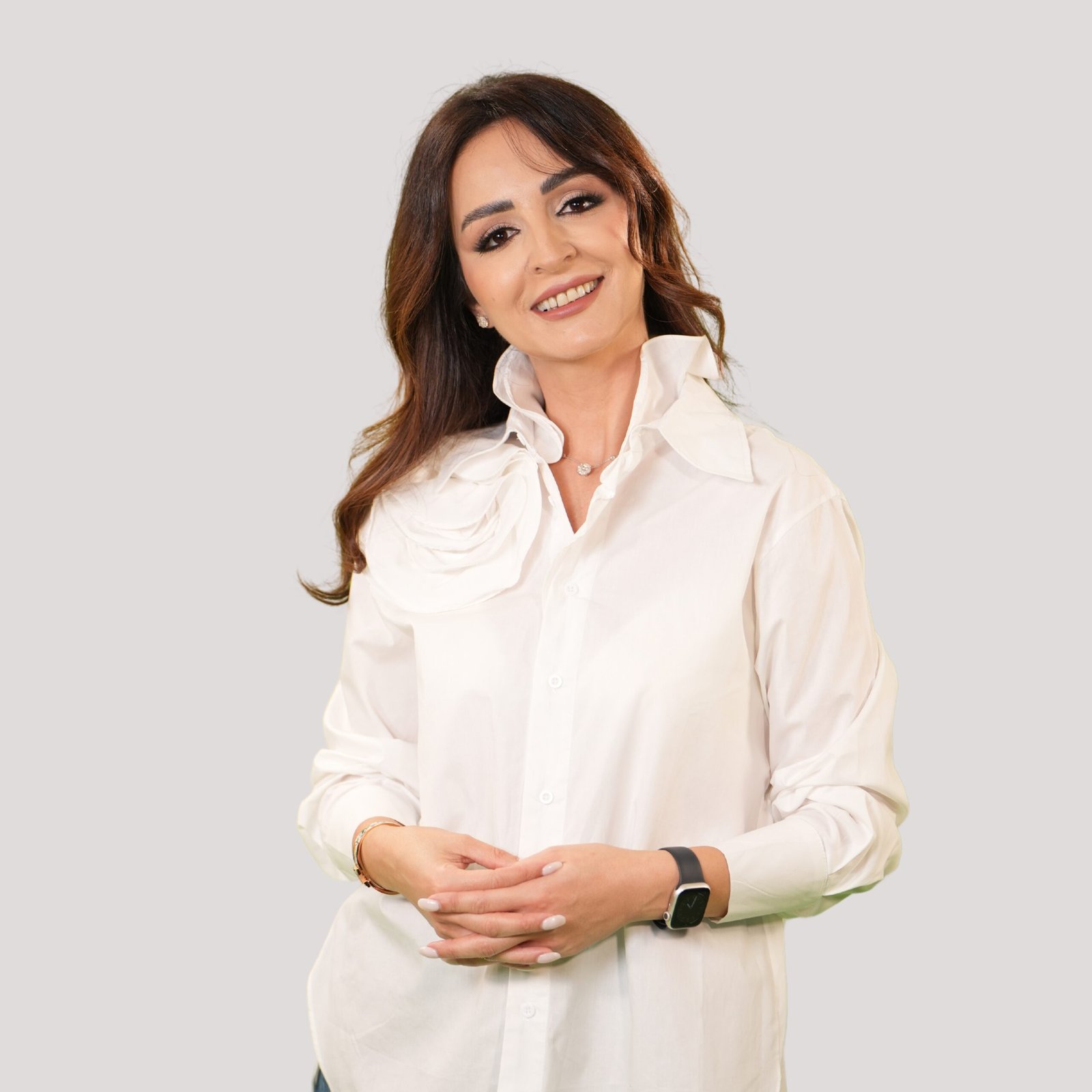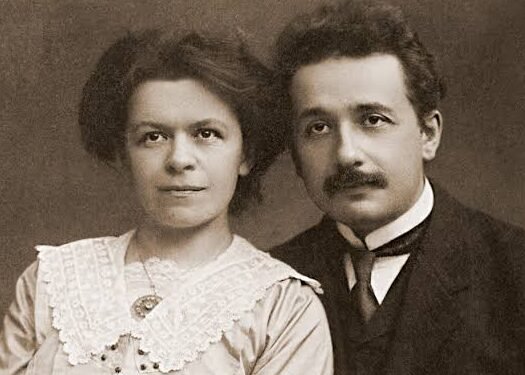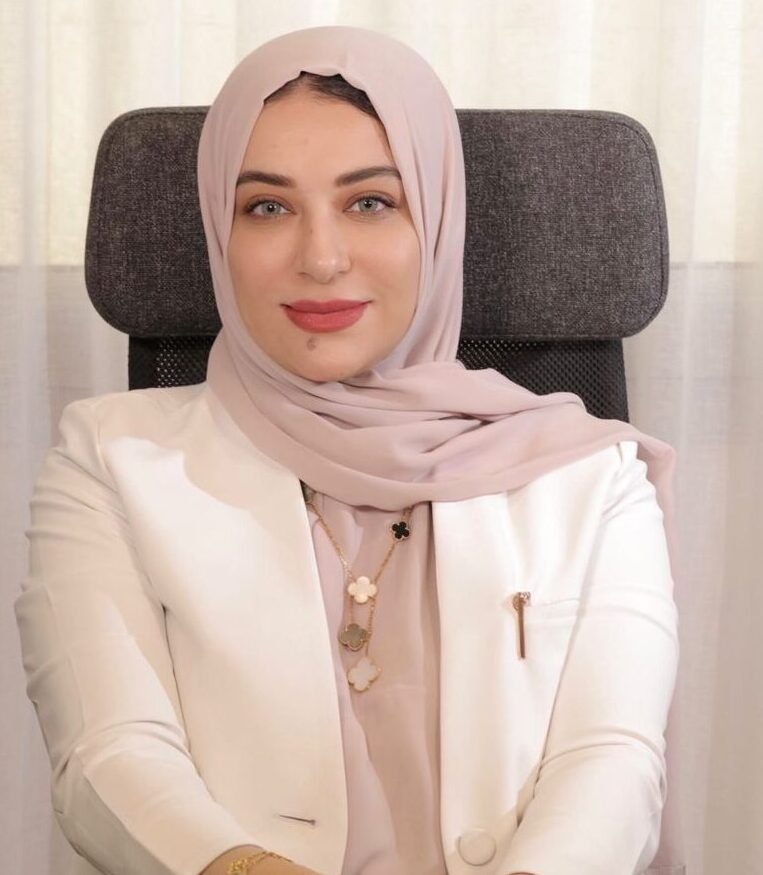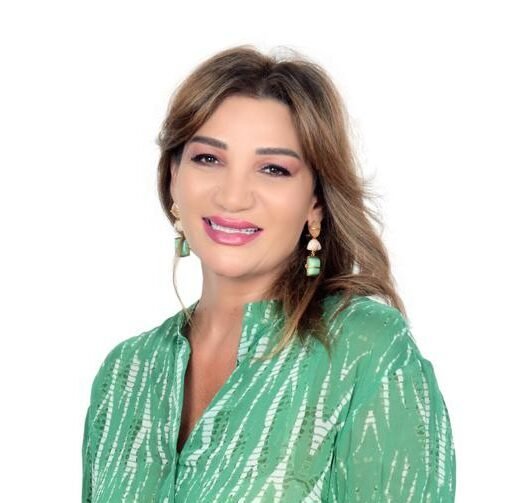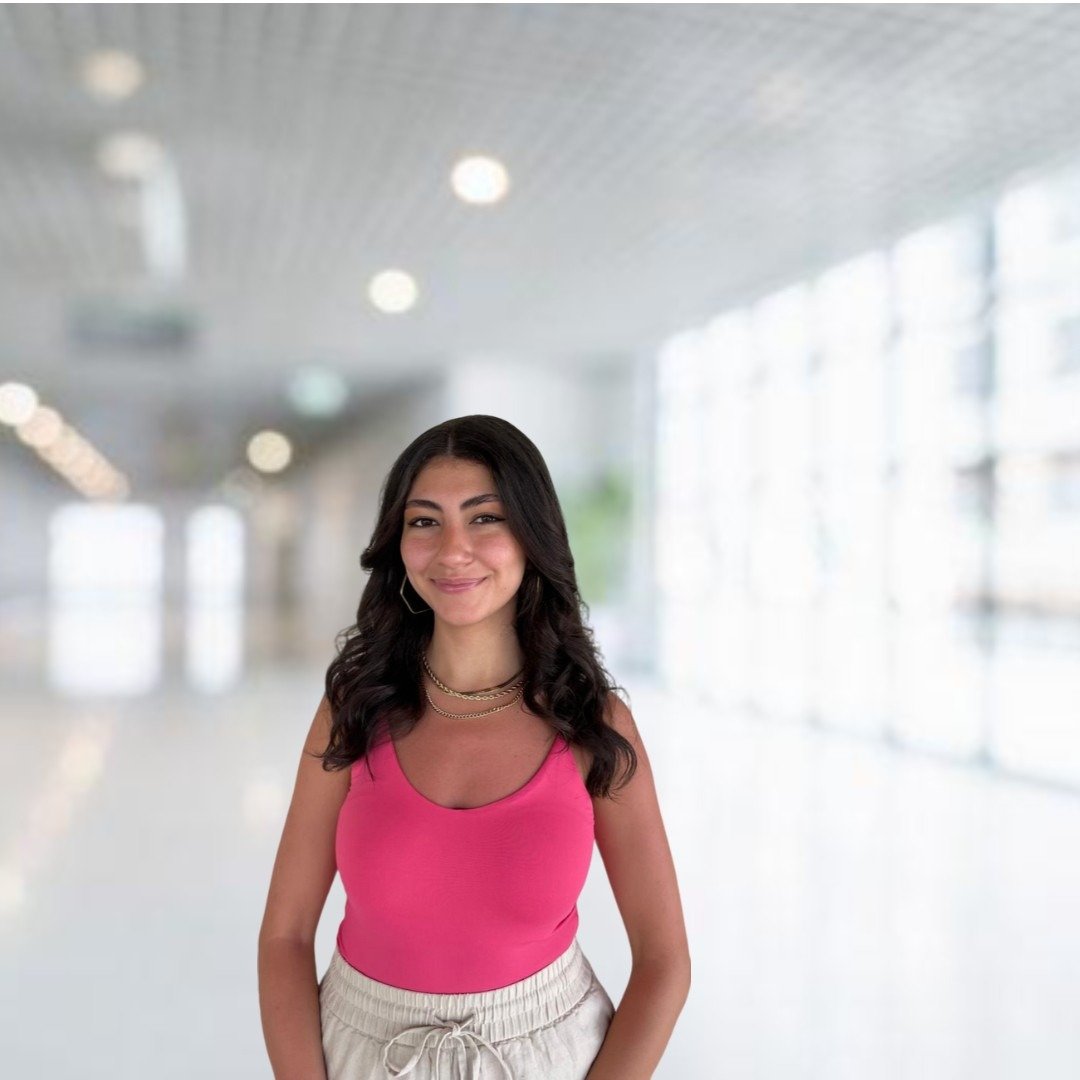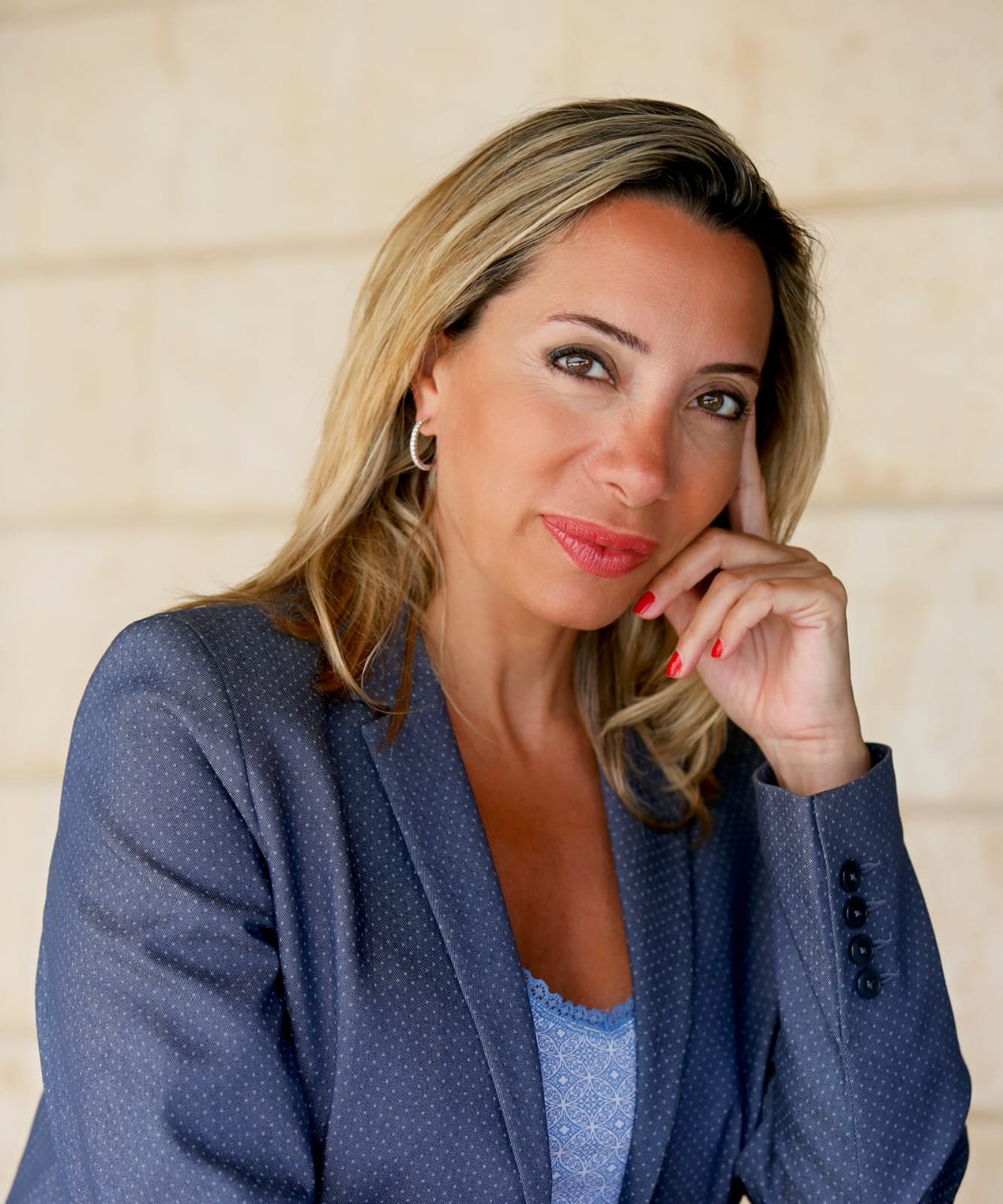Q1) How do you decide on which material to work with? Are there specific criteria you consider when choosing the items you will incorporate into your artwork?
A: When selecting items to incorporate into my artwork, I carefully consider their design and shape. Take the Coca-Cola can, for example. The effort and creativity put into its design by graphic designers is remarkable. Instead of discarding these cans, I choose to use them to enhance the overall impact of my art piece. The Coca-Cola brand continuously evolves its product design, resulting in limited edition cans. By collecting these cans, not only locally but also from various locations, my artwork takes on a vintage quality, establishing an intriguing connection between the art piece and the Coca-Cola brand. This captivating interaction grabs people’s attention and adds a unique allure to the artwork.
Q2) What does your creative process of transforming trash into art look like?
A: When approaching my artwork, I begin by examining the shape and design of the object. For instance, if I come across a captivating shape like a whiskey bottle, I appreciate its inherent magnetic appeal and refrain from altering the glass itself. Instead, I focus on adding small complementary items to build upon the existing aesthetics and create a cohesive art piece. The process depends on my artistic vision and the desired outcome I seek to achieve with the materials at hand. Each item I work with undergoes a unique process tailored to its specific shape and design.
Q3) What are some challenges you have had to deal with when working with these unconventional materials, and how have you overcome them?
A: The approach I take depends heavily on the material I’m working with. Achieving a flawless finish is important to me, so there are challenges in terms of adhering and merging materials together. I engage in a lot of trial and error during the process until I achieve the desired result. If a particular material doesn’t work well, I choose not to exhibit it.
One aspect I’m particularly concerned about is the use of non-recyclable items. For example, chip bags cannot be recycled, even if they are recycled, they end up in the trash. I make an effort to incorporate these items into my work and find solutions to ensure they don’t negatively impact the environment. It becomes a constant challenge for me and finding a smart way to create an impactful piece that raises awareness.
Working with materials that cannot be recycled adds an extra layer of complexity to my creations. These pieces often stand out as the most memorable, as they represent an ongoing battle between me and myself, constantly striving to find innovative solutions that can make a meaningful impact on someone’s perception.
Q4) Can you share any memorable experiences you’ve had with viewers of your artworks? How has your work resonated with people to start a conversation about environmental issues?
A: Witnessing the interactions people have with my art pieces brings me immense joy. The happiness and intrigue they express while gazing at my work is truly rewarding. I often notice looks of surprise and smiles on their faces, which further fuels my passion for creating.
In particular, children are captivated by what they see. Their sense of wonder and amazement inspires me to engage with them on a deeper level. I enjoy sharing certain details about everyday products they use and encouraging them to explore their own creativity. Conducting workshops for the youth has been a fulfilling experience for me. I’ve noticed that the younger generation is more receptive and inspired, demonstrating a willingness to put in the effort and experiment with different ideas. Their enthusiasm motivates me to continue fostering their creativity and encouraging them to pursue their artistic endeavors.
Q5) How are you able to balance the aesthetic appeal of the content of your art with the message it is attempting to convey?
A: For me, whether the message is political or inspirational, it’s essential to imbue my big art pieces with a meaningful message. It goes beyond aesthetics; there needs to be a purpose and message behind each piece. When a client expresses interest in purchasing my art, I want them to connect with the piece on a deeper level.
One of my recent art pieces, “A Peace/Piece of Mind,” featured plastic hair strands that symbolized the idea of finding peace of mind by letting go of worldly attachments. The natural elements in the artwork represented a funky way of showcasing the beauty of nature. The client resonated with the piece not just for its aesthetics but also for the message it conveyed. It created an emotional attachment between the client and the artwork.
I truly believe that art has the power to evoke emotions and provoke thoughts. When a message is woven into an art piece, it adds another layer of significance and allows for a stronger connection between the viewer and the artwork. It’s this attachment and resonance that makes art more than just a visual experience; it becomes a transformative journey for both the artist and the client.
Q6) Has there been any other form of political art you’ve found to be progressively important and interesting in our current day and age?
A: In my opinion, artists have a responsibility to contribute to society, whether it’s through environmental or social issues. They should strive to be activists, using their art as a medium for change. One upcoming artist has caught my attention with their work involving plastic. They take large plastic bottles, melt them down, and utilize the fiber to create innovative furniture pieces. This artist has found a solution to a problem we face today, and their creativity and resourcefulness have left a deep impact on me.
I firmly believe that art becomes truly impactful when it addresses challenges and offers innovative solutions. It goes beyond creating something visually pleasing; it’s about making a tangible difference in a contemporary way. Art should be a catalyst for change, pushing boundaries and inspiring others to think differently. When artists incorporate innovation into their work, they have the power to create a lasting impact and contribute to a more sustainable and progressive society.
Q7) Has there been any artistic movements or artists that have influenced your work?
A: Andy Warhol was a revolutionary figure in the art world, particularly in how he approached and interacted with art. He challenged the notion that art had to be purely expressionistic and showed that it could be found in everyday life. From a young age, I would notice various items around my house, like nails and keys, and I couldn’t bear to see them thrown away. Instead, I would repurpose them to create frames and other artistic pieces. At the time, I didn’t fully understand why I felt compelled to work with these objects or reuse them.
It wasn’t until I discovered Andy Warhol and the pop art movement of the 1960s that everything started to make sense. I found a strong resemblance between Warhol’s approach and my own artistic inclinations. His ability to transform everyday concepts and objects into art resonated deeply with me. I realized that being an artist didn’t necessarily mean being a traditional painter. It was about seeing the potential in ordinary items and using them to create something meaningful.
One aspect of pop art that particularly captivated me was the use of mixed media. Take, for example, ad posters that are layered on top of each other. When an old poster is removed to make way for a new one, the leftover pieces of paper become an art form in themselves. This concept opened my eyes to the possibilities of incorporating different materials and techniques in my own artistic creations.
Q8) How have you handled creative blocks or moments of self-doubt? Are there any techniques you employ to get through these challenges?
A: As an artist, I have certainly experienced moments of creative desert, where inspiration seems to be lacking. However, I have learned the importance of not completely stopping my creative practice during these periods. While I may shift my focus to less intensive work, I make sure to keep working because I’ve realized that once you stop, it becomes much harder to start again, and can lead to a depressive block.
Interestingly, coming across brilliant ideas usually emerges when you least expect them. Sometimes, they arise from working on seemingly mundane or simple projects. It’s during these moments that a spark of creativity ignites, leading to innovative and imaginative ideas. Therefore, I try not to give up during those creative blocks and instead continue to engage in my artistic practice.
Q9) What advice would you give young Lebanese artists who are starting on their own creative journey?
A: I strongly encourage everyone, especially aspiring artists, to take a step forward and pursue their passions. Many people express to me their desire to do what I do, but I always question them, “Who told you that you can’t?” You have the potential to achieve even greater things than I have, but you won’t know until you try. It’s essential to put in the work and discover your own capabilities. The notion of “I can’t” doesn’t exist. When you dedicate yourself to the process, you’ll find that there is divine assistance along the way.
Sometimes, individuals may not even know what they are doing initially, but through exploration and experimentation, they can stumble upon something truly unique and groundbreaking. Creative individuals should follow their own path and not be overly influenced by established artists. Don’t let the opinions of others affect you; instead, unleash what is inside you, regardless of whether it works or not.
I especially emphasize not dwelling on the criticism you may receive. It’s important to remember that criticism is subjective and doesn’t determine your worth or success. Everyone has their own perspective and opinions, so stay true to your own vision and creative process. Embrace the journey of self-expression and let your artistic voice shine authentically.
Q10) How has your own art evolved over time? Is there any specific milestones or turning points that have happened in your career?
A: Personally, I believe I haven’t reached that point in my artistic journey yet. I still have the yearning for more. There is so much more to do and learn, and I am driven to achieve greater heights. I haven’t reached the milestone that I aspire to reach, and perhaps it is because I haven’t experienced a transformative event that completely changed my life.
However, I do recall a significant moment from my childhood that had a profound impact on me. It was when my art teacher, who happened to be a nun, encouraged me to continue pursuing my craft. Her words resonated deeply within me and made me realize that I have a mission to fulfill through art. That moment sparked a passionate drive within me to continue this path and dedicate myself to my craft.
Even though I haven’t reached the ultimate point of fulfillment yet, I remain motivated and committed to my artistic journey, continuously seeking growth, and striving to make a meaningful impact through my art.




